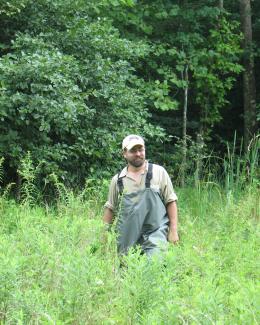Abstract
Microbial communities regulate many belowground carbon cycling processes; thus, the impact of climate change on the struc- ture and function of soil microbial communities could, in turn, impact the release or storage of carbon in soils. Here we used a large-scale precipitation manipulation (18%, 50%, or ambient) in a piñon-juniper woodland (Pinus edulis-Juniperus mono- sperma) to investigate how changes in precipitation amounts altered soil microbial communities as well as what role seasonal variation in rainfall and plant composition played in the microbial community response. Seasonal variability in precipitation had a larger role in determining the composition of soil microbial communities in 2008 than the direct effect of the experimental precipitation treatments. Bacterial and fungal communities in the dry, relatively moisture-limited premonsoon season were compositionally distinct from communities in the monsoon season, when soil moisture levels and periodicity varied more widely across treatments. Fungal abundance in the drought plots during the dry premonsoon season was particularly low and was 4.7 times greater upon soil wet-up in the monsoon season, suggesting that soil fungi were water limited in the driest plots, which may result in a decrease in fungal degradation of carbon substrates. Additionally, we found that both bacterial and fungal communities beneath piñon pine and juniper were distinct, suggesting that microbial functions beneath these trees are different. We conclude that predicting the response of microbial communities to climate change is highly dependent on seasonal dynam- ics, background climatic variability, and the composition of the associated aboveground community.



